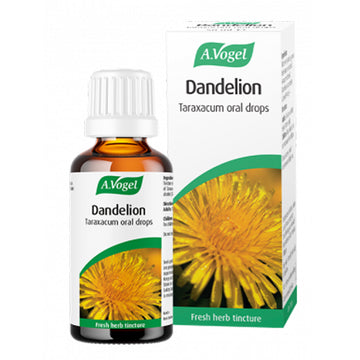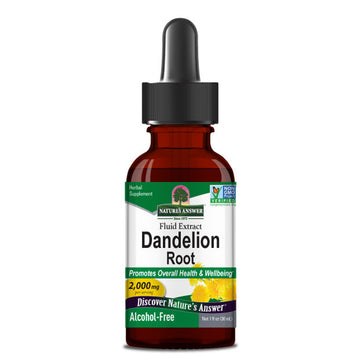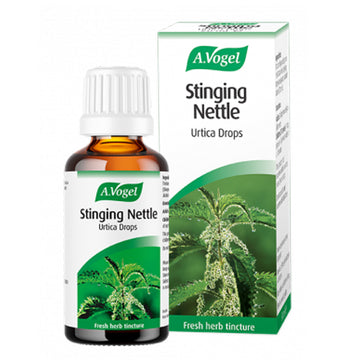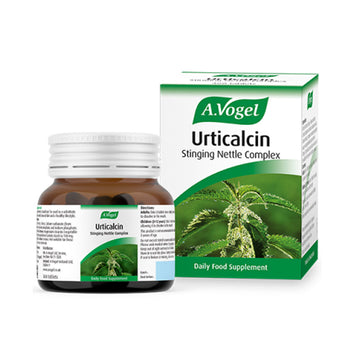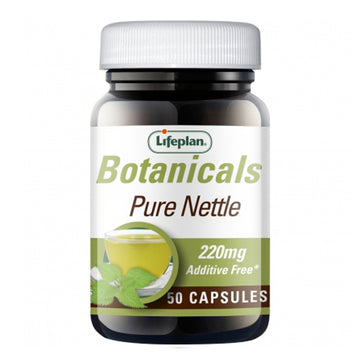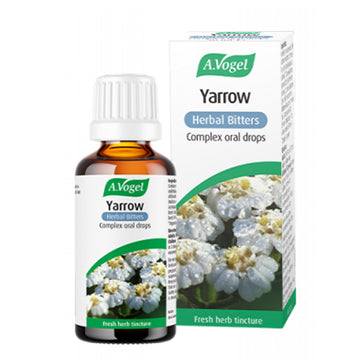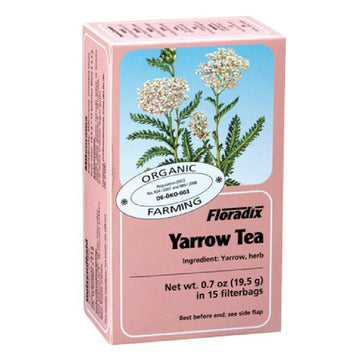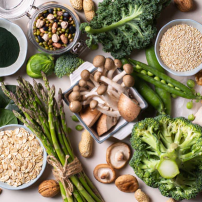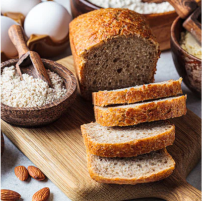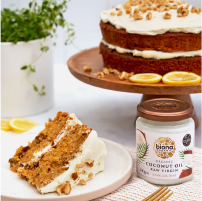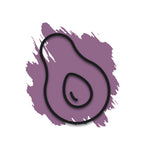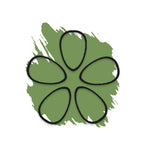Many of the herbs, fruits and vegetables we consume and use for traditional benefits are sown, grown and harvested far from home. Nonetheless, right here in Ireland (often in our very own gardens) is a bounty of wonderful and beneficial wildflower plants, with a myriad of uses.
Dandelion (Caisearbhán), Taraxacum vulgaria
A native and extremely wide-spread plant, we're all familiar with the bright yellow dandelion. We tend to view the dandelion as little more than a long-rooted and hard-to-shift weed. However, the entire dandelion is not only edible, but certain parts have long-standing traditional benefits to our health and wellbeing.
Health Benefits
The scientific name for dandelion could in fact be originally from the older Greek taraxos, 'disorder' with akos 'remedy'. Loaded with vitamins and minerals, dandelions are rich in iron, calcium and magnesium as well as being a brilliant source of Vitamin A, C and K amongst others. An antioxidant, they have a stream of health benefits from reducing blood pressure and lowing cholesterol to helping fight inflammation.
How to use dandelions
Dandelions are most popularly used to aid digestion and make a great tea. For a caffeine-free coffee substitute, you can thoroughly wash the roots of the dandelion, chop and roast them in the oven, steep 1-2 tsp in hot water, and then strain to serve (or you could try the ready-made Cotswold Dandelion Coffee). The vibrant yellow petals are also ideal to brighten a salad.
You can also use dandelion as a tincture - try A. Vogel Dandelion or Nature's Answer Dandelion (Alcohol-Free) - or as a bottled juice such as Salus Organic Dandelion Juice
Burdock (Cnádán), Arctium minus
Burdock burrs are known for their ability to attach to passing animals (this is their method of sowing) and were the inspiration for Velcro! It also has a second claim to fame: it was the bittering agent used in beer, before hops came along. The leaves, stalks and roots are edible when prepared correctly, and have many different culinary uses.
Health Benefits
Similar to dandelion (which it is often paired with), burdock has bitter properties to promote healthy appetite and digestion. Burdock root is an excellent source of fibre in the form of the prebiotic inulin.
How to use burdocks
The root is commonly brewed as tea, or added to soups and stews, as well as being a popular ingredient in many Asian dishes. Burdock stalks can be harvested before the flowers appear. These young stalks have a taste similar to artichoke, and when peeled, can be eaten raw or boiled. The leaves grow large, but are much less bitter if harvested when they're small. You can take Burdock as a tincture or in a capsule teamed with Dandelion to help support digestion.
Nettle (Neantóg), Urtica dioica
The stinging nettle is a plant we have all come into contact with at some point or another, usually resulting in an unpleasant sting. The name Urtica comes from the Latin verb urere, meaning 'to burn’. The sting is caused by the long, thin, hollow hairs (called trichomes) breaking and piercing the skin's surface. It then releases a chemical mix that can cause redness, irritation, stinging and itching.
Health Benefits
Once nettles have met hot water or are cooked, crushed or dried, you’ll be safe from the sting. They taste similar to spinach, and actually contain more iron! Nettle is also rich in vitamin C and high in plant chemicals called polyphenols. The herb is thought to be a natural diuretic, flushing excess uric acid from muscles and joints, helping to relieve discomfort and act as an anti-inflammatory.
How to use nettles
Nettles can be easily gathered using gloves, and makes both a wonderful tea and delicious soup. Fresh nettle leaves can be boiled and left rest to create nettle tea. Nettle tea is also thought to be effective in treating itchy, watery eyes, runny nose and sneezing – common in hay fever season.
Scared of the sting? No problem, you're in the right place. A.Vogel have both a stinging nettle liquid and tablet formulation that make taking a nettle dose much simpler. It can also be taken in capsule form with Lifeplan Botanicals Pure Nettle or Solgar Nettle Leaf Extract
Great Mullein (Coinnle Muire), Verbascum thapsus
Another native plant with a long history of use, mullein can grow up to two metres in height. It has velvet-like leaves which are soft and thick, and blooms with bright yellow flowers.
Health Benefits
Mullein tea or tinctures are a traditional treatment for respiratory complaints such as coughs, colds, and sinus discomfort. It not only has expectorant and mucilage benefits, but also soothes and may also have antispasmodic properties.
How to Use Great Mullein
Tea can be brewed from the dried leaf or flower of wild mullein. The leaf tends to be bitter, whilst the flower offers a sweet and aromatic brew. We also have an option in a tea bag from NutraTea. It can also be used as a tincture - try Nature's Answer Mullein Drops
Yarrow (Athair thalún), Achillea millefolium
Yarrow is a plant with a liquorice-like aroma has been used for thousands of years for its healing abilities, including throughout the Greek myth of Achilles, wherein he used yarrow to treat the injuries of his men (hence the full Latin title of Achillea millefolium). It is native to Ireland, and often found along roadsides and grasslands.
Health Benefits
Yarrow is thought to help with circulation but its most popular use by far is as a digestive tonic. Yarrow tincture is a bitter which can help relieve gastric discomfort, and promote better digestion as well as a reduction of bloating, wind and other presentations of indigestion.
How to use yarrow
The flower clusters can be harvested and steeped fresh in boiling water to create a tea, ideally sweetened with some honey - they can also be dried and preserved for use year-round. If you make too much yarrow tea, it is also a wonderful hair rinse that can promote hair growth! Try Floradix Organic Yarrow Tea for a version in a handy tea bag.
Yarrow can also be used to create topical oils and poultices. The chewing of yarrow leaf may also have analgesic properties - meaning if you have a toothache it could help to numb the affected area. For an easy-to-take option try A. Vogel Yarrow Complex
If you enjoyed this, we think you will love our blog 'Medicinal Mushrooms & Why They're So Good For You'.
Checked and updated: 6th September 2023
Please note, this blog is for informational purposes only and should not replace medical advice.
It’s always best to consult your doctor before taking any new supplements, treatments or remedies if you are pregnant, breastfeeding or on medication.



